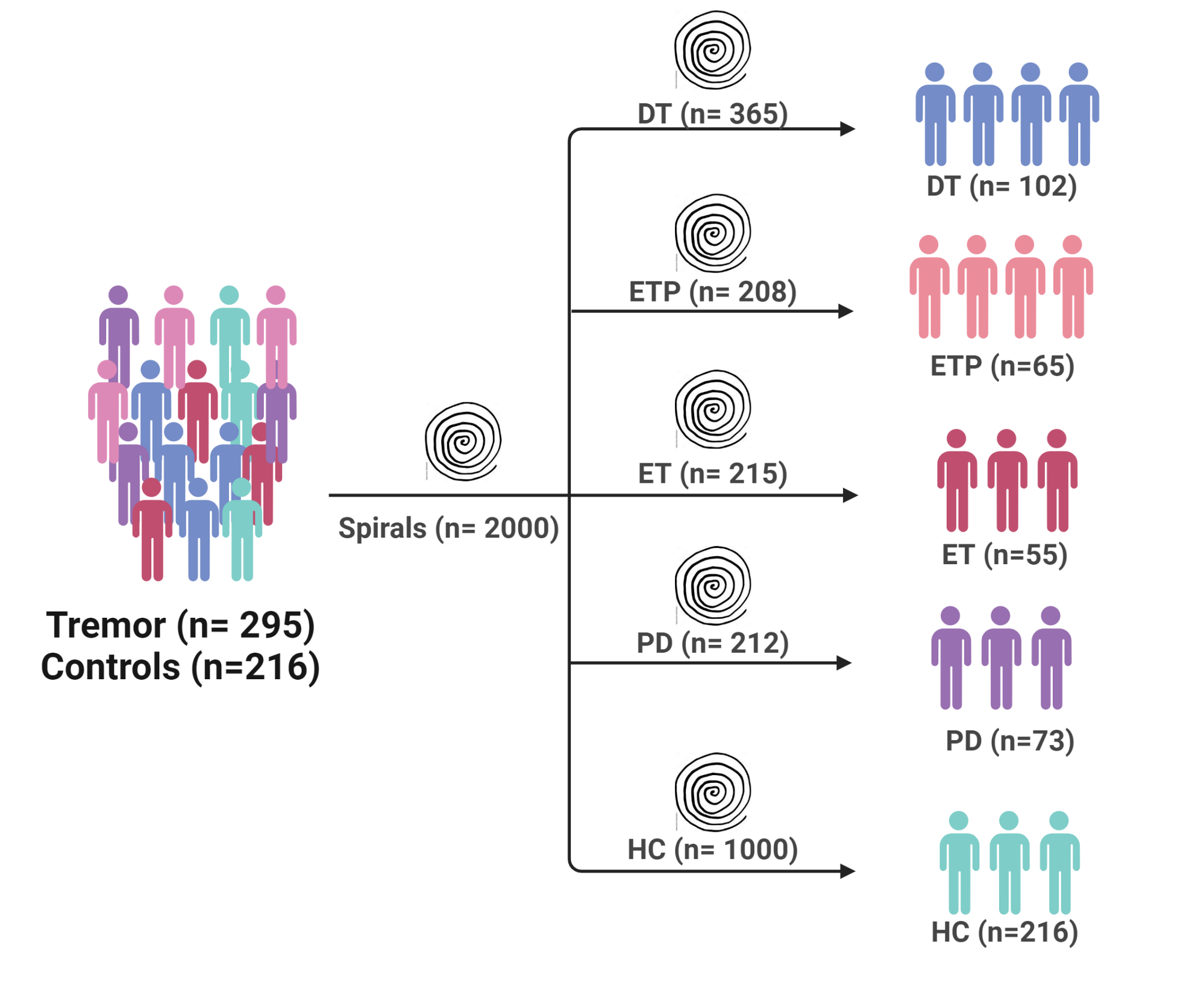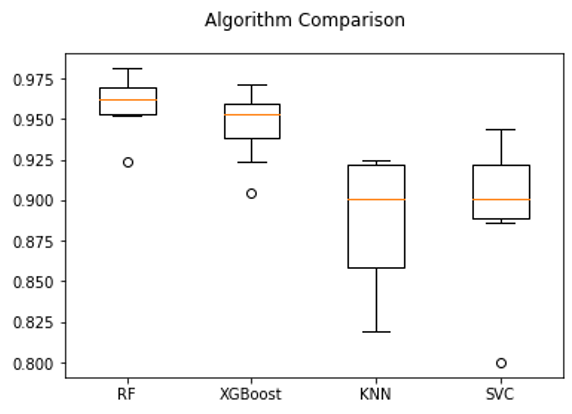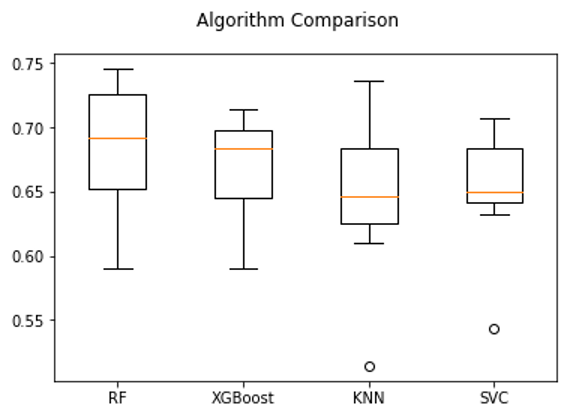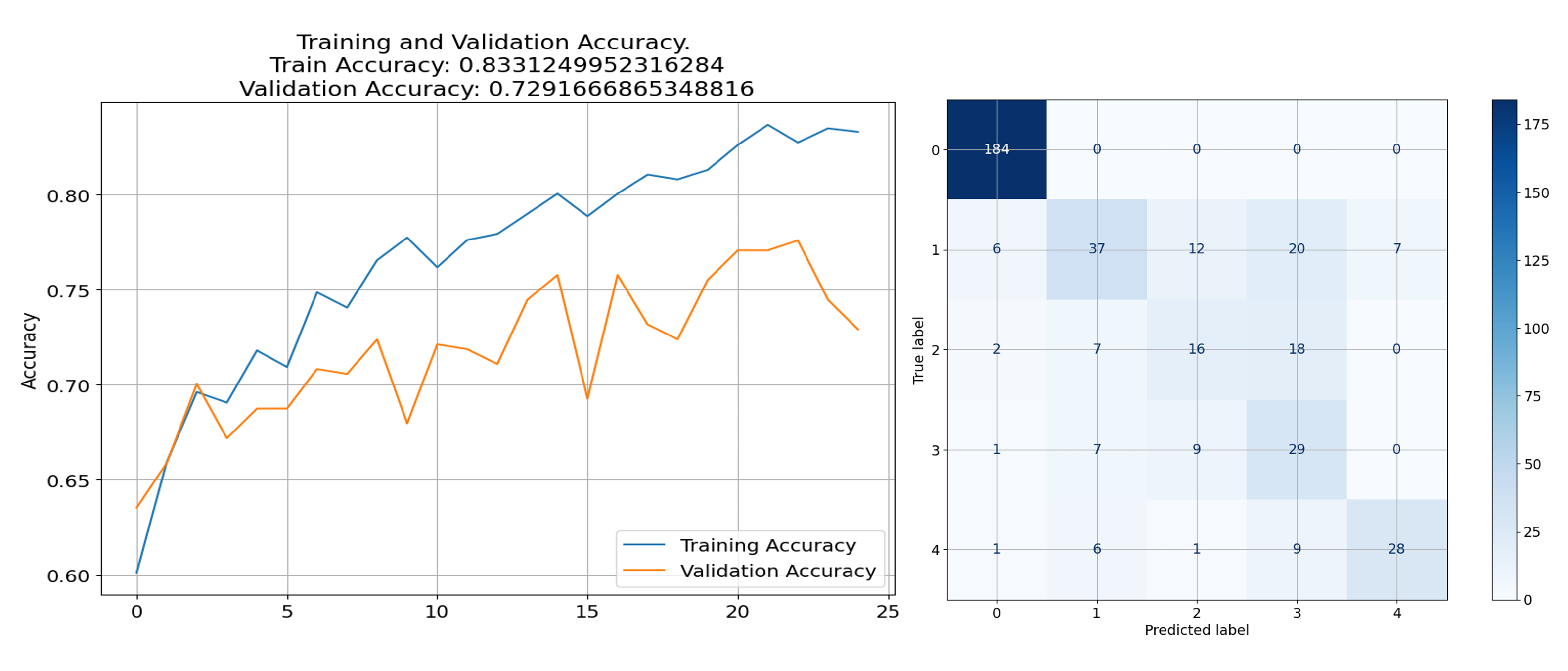Category: Tremor
Objective: To classify tremor syndromes from pen-on-paper spirals using classical machine learning (ML) and deep learning techniques.
Background: Spiral drawings are widely used as an objective measure of upper extremity action tremor. While conventional algorithms can automate measurement of tremor severity from hand-drawn spirals, they are limited in the ability to distinguish among tremor syndromes.
Method: In this multicentric study, we recruited healthy volunteers (HV) and patients with Dystonic Tremor (DT), Essential Tremor (ET), Essential Tremor Plus (ETP) or Parkinson’s Disease (PD) diagnosed by movement disorder specialists (Fig 1). Participants drew pen-on-paper spirals within a 15x15cm square beginning at a central dot. We scanned the spiral images and applied an automated algorithm to compute the mean deviation (MD), tremor variability (TV), Inter-loop widths and Intra-loop widths[1]. We then applied classical ML classifiers- Support Vector Classifier (SVC), Random Forest (RF), XGBoost and K-Nearest Neighbour (KNN) to the derived spiral parameters for binary classification into HV or patient spirals and multiclass classification to differentiate among the tremor syndromes. In an extended cohort, we applied deep learning algorithms for a parameter-free, direct image analysis approach. We resampled, augmented and split the dataset 80:20 for train-test. We applied a Keras Sequential model with transfer learning using InceptionResNetV2 as base model to differentiate among the tremor groups.
Results: In the classical ML approach using 1581 spirals [203 DT, 139 ET, 104 ETP, 85 PD, 525 HV], RF classifier had maximum accuracy (95%±0.01%) in distinguishing patient spirals from HV, followed by XGBoost (94%±0.02%), SVC (89%±0.04%) and KNN (88%±0.04%) (Fig 2). RF was better in differentiating among tremor syndromes (accuracy: 68%±0.05%) followed by XGBoost (67%±0.04%), SVC (65%±0.04%) and KNN (64%±0.06%) (Fig 3). Applying the deep learning model on 2000 spirals [365 DT, 215 ET, 208 ETP, 212 PD,1000 HV] improved the multi-class classification accuracy to 73% (Fig 4).
Conclusion: Classical ML techniques applied to spiral datasets distinguished tremor patients and healthy controls accurately. Deep learning algorithm had higher accuracy in differentiating tremor syndromes, suggesting that unknown or difficult to measure spiral parameters, such as spiral axis, may be important in improving classification accuracy.
Fig 1. Study cohort
Fig 2. Binary classification, classical ML models
Fig 3. Multiclass classification, classical ML
Fig 4. Multiclass classification, deep learning
References: 1. Rajan R, Anandapadmanabhan R, Nageswaran S, Radhakrishnan V, Saini A, Krishnan S, et al. Automated analysis of pen-on-paper spirals for tremor detection, quantification, and differentiation. Ann Mov Disord 2023;6:17-25
To cite this abstract in AMA style:
R. Rajan, R. Anandapadmanabhan, A. Vishnoi, V. Vishnu, D. Joshi, N. Kamble, V. Holla, P. James, G. Ram, B. Amulyavathi, D. Radhakrishnan, A. Srivastava, S. Krishnan, P. Pal, A. Mahabal. Artificial Intelligence Approaches for Tremor Detection and Classification from Hand-drawn Spirals [abstract]. Mov Disord. 2024; 39 (suppl 1). https://www.mdsabstracts.org/abstract/artificial-intelligence-approaches-for-tremor-detection-and-classification-from-hand-drawn-spirals/. Accessed December 19, 2025.« Back to 2024 International Congress
MDS Abstracts - https://www.mdsabstracts.org/abstract/artificial-intelligence-approaches-for-tremor-detection-and-classification-from-hand-drawn-spirals/




